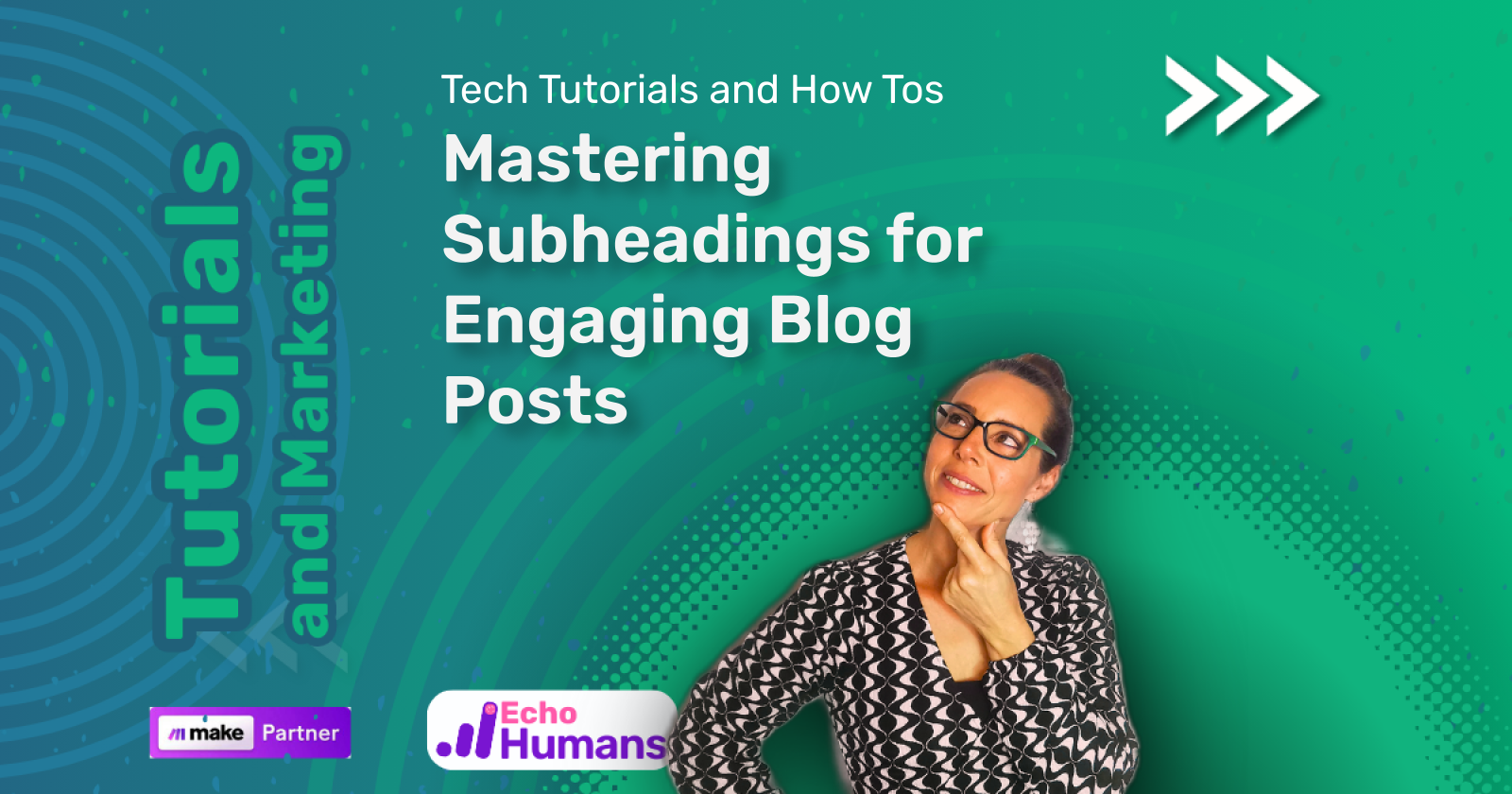
Subheadings are not just the icing on the cake – they’re an essential ingredient in creating a blog post that captivates your audience and boosts your search engine visibility. In this post, we’ll dive into the key strategies for crafting effective subheadings that will take your content to new heights.
Why Subheadings Are Essential
Subheadings are crucial for both the readability and SEO of your blog posts. They help break up the content into manageable sections, making it easier for readers to navigate and understand the material. Additionally, subheadings assist web crawlers in comprehending the structure and content of your post, enhancing your SEO efforts.
Key Strategies for Effective Subheadings
1. Grab Attention with Descriptive Subheadings
When writing subheadings, it’s important to make them descriptive and clear. This helps readers quickly understand what each section will cover, encouraging them to continue reading. For example, if you’re writing about submitting Form W-2, your subheadings could be:
• Form W-2 Guidelines and Due Dates
• How To Submit Your Paper Form W-2
• How To Submit Your Form W-2 Online
These subheadings clearly convey what readers can expect from each section.
2. Use Parallel Structure in Your Subheadings
Using parallel structure in your subheadings improves the organization and flow of your content. This involves using a consistent pattern of words, such as starting each subheading with an active verb or using the question format. For instance:
• When Should You Submit Your Form W-2?
• What Are the Penalties for Late Submission?
• How Can You Correct Errors on Your Form W-2?
This structure makes your content easier to skim and understand.
3. Organize Your Content Logically
Subheadings should reflect the logical flow of your content. Start by outlining your key points and then use H2 subheadings to introduce each main section. If necessary, use H3 sub-subheadings to further divide these sections. This hierarchical structure helps readers and web crawlers navigate your content more effectively.
4. Enhance SEO Value
Subheadings are not only beneficial for readability but also for SEO. Each subheading should be tied to your main keyword and introduce a key point you want to discuss. This helps search engines understand the structure and content of your post, improving your search rankings. Ensure that your subheadings are concise, clear, and relevant to the content they precede.
Key Takeaways
• Subheadings are essential for both readability and SEO
• Use descriptive, clear subheadings to grab attention
• Employ parallel structure to improve organization and flow
• Organize your content logically with H2 and H3 subheadings
• Optimize subheadings for SEO to enhance your visibility
Mastering Subheadings for Engaging Blog Posts
Share your thoughts or questions below! 👇
🔗 Explore Our Solutions
20 AI Apps to Automate Your Business
Auto Lead Generation & Email System
#echohumans #aiautomation #blogging #seo #contentcreation


